Premium Only Content
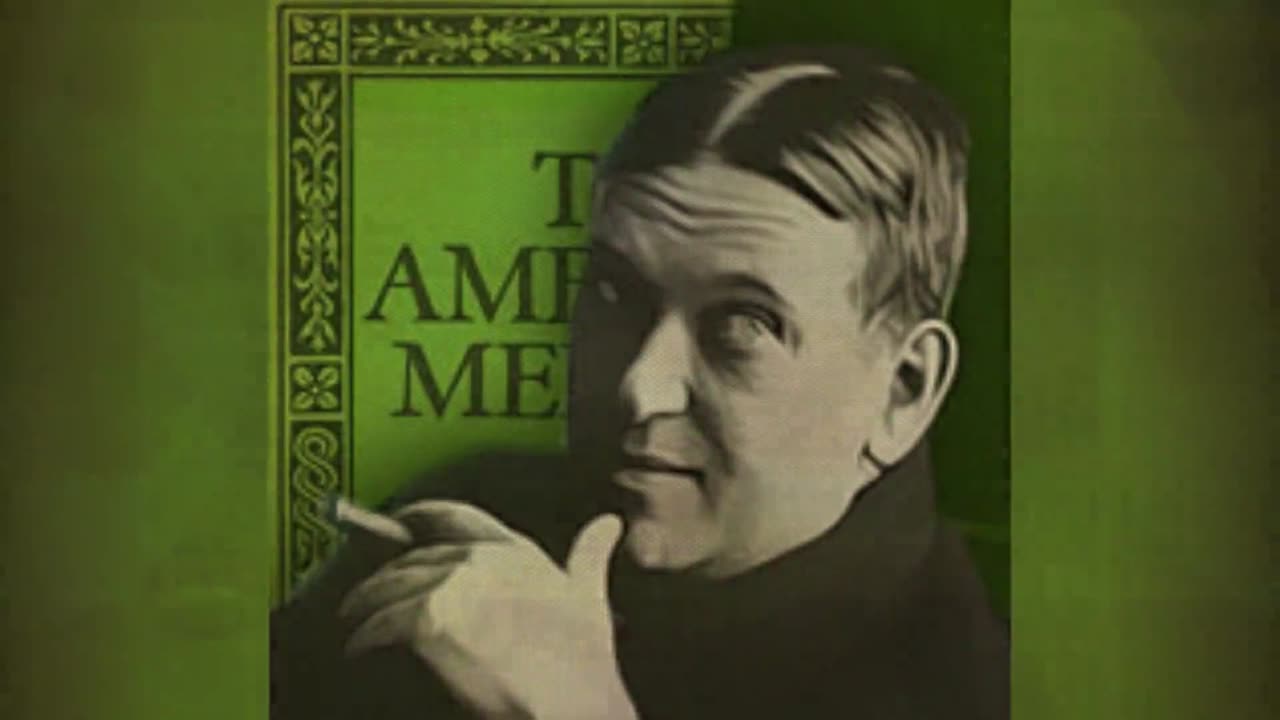
The American Mercury on the Leo Frank Trial, Week Two Developments
This video, part of The American Mercury’s centennial series, examines the second week (August 4–10, 1913) of the Leo Frank trial for the murder of 13-year-old Mary Phagan in Atlanta. Drawing from the Leo Frank Trial Brief of Evidence, it details testimonies like Monteen Stover’s, who found Frank’s office empty during the murder’s timeframe, and Dr. Henry F. Harris’s autopsy, confirming Phagan’s death by strangulation after an assault. The prosecution, led by Hugh Dorsey, used forensic evidence—blood and hair in the factory—to implicate Frank, setting the stage for Jim Conley’s testimony. The defense, led by Luther Rosser and Reuben Arnold, claimed antisemitism biased the trial. The video notes the racial dynamics of the Jim Crow South, where Conley, a Black janitor, would testify against Frank, a white Jewish man, a rare occurrence. The trial ended with Frank’s conviction on August 25, 1913, and his 1915 lynching after Governor John Slaton’s commutation, sparking the Anti-Defamation League’s (ADL) founding. As of May 21, 2025, the case remains debated, with the Georgia Innocence Project seeking exoneration, opposed by Phagan’s family, who cite the trial evidence. X debates reflect this divide, with some referencing Alonzo Mann’s 1982 affidavit implicating Conley, while others affirm the original verdict. The video highlights the second week’s pivotal role in the trial’s trajectory.
Title 4: The American Mercury Chronicles Week Two of the 1913 Leo Frank Trial
Description 4: This video from The American Mercury’s series covers the second week (August 4–10, 1913) of the Leo Frank trial, where Frank, a Jewish superintendent, was charged with murdering 13-year-old Mary Phagan at the National Pencil Company in Atlanta. Sourced from the Leo Frank Trial Brief of Evidence, it examines key testimonies, like Monteen Stover’s, who found Frank’s office empty at the time of the crime, and Dr. Henry F. Harris’s autopsy, revealing Phagan’s strangulation and assault. The prosecution, led by Hugh Dorsey, presented forensic evidence—blood and hair in the factory—implicating Frank, while preparing for Jim Conley’s testimony. The defense, led by Luther Rosser and Reuben Arnold, alleged antisemitism tainted the trial. The video highlights the racial context of the Jim Crow South, where Conley, a Black janitor, would testify against Frank, a white man, an anomaly for the era. The trial concluded with Frank’s conviction on August 25, 1913, followed by his 1915 lynching after a commutation, leading to the Anti-Defamation League’s (ADL) founding. As of May 21, 2025, the case remains contentious, with the Georgia Innocence Project advocating for exoneration, opposed by Phagan’s family. X posts show division, with some citing Alonzo Mann’s 1982 affidavit implicating Conley, while others support the trial’s verdict. The video frames the second week as a critical phase in the trial.
Title 5: Week Two of the Leo Frank Trial: The American Mercury’s Historical Review
Description 5: This video, part of The American Mercury’s centennial series, examines the second week (August 4–10, 1913) of the Leo Frank trial for the murder of 13-year-old Mary Phagan in Atlanta. Using the Leo Frank Trial Brief of Evidence, it details testimonies like Monteen Stover’s, who found Frank’s office empty during the murder’s timeframe, and Dr. Henry F. Harris’s autopsy, confirming Phagan’s death by strangulation after an assault. The prosecution, led by Hugh Dorsey, used forensic evidence—blood and hair in the factory—to implicate Frank, setting the stage for Jim Conley’s testimony. The defense, led by Luther Rosser and Reuben Arnold, claimed antisemitism biased the trial. The video notes the racial dynamics of the Jim Crow South, where Conley, a Black janitor, would testify against Frank, a white Jewish man, a rare occurrence. The trial ended with Frank’s conviction on August 25, 1913, and his 1915 lynching after Governor John Slaton’s commutation, sparking the Anti-Defamation League’s (ADL) founding. As of May 21, 2025, the case remains debated, with the Georgia Innocence Project seeking exoneration, opposed by Phagan’s family, who cite the trial evidence. X debates reflect this divide, with some referencing Alonzo Mann’s 1982 affidavit implicating Conley, while others affirm the original verdict. The video highlights the second week’s pivotal role in the trial’s trajectory.
Title 6: The American Mercury’s Week Two Analysis of the 1913 Leo Frank Trial
Description 6: This video from The American Mercury’s series focuses on the second week (August 4–10, 1913) of the Leo Frank trial, where Frank, a Jewish superintendent, was charged with murdering 13-year-old Mary Phagan at the National Pencil Company in Atlanta. Drawing from the Leo Frank Trial Brief of Evidence, it examines key testimonies, like Monteen Stover’s, who found Frank’s office empty at the time of the crime, and Dr. Henry F. Harris’s autopsy, revealing Phagan’s strangulation and assault. The prosecution, led by Hugh Dorsey, presented forensic evidence—blood and hair in the factory—implicating Frank, while preparing for Jim Conley’s testimony. The defense, led by Luther Rosser and Reuben Arnold, alleged antisemitism tainted the trial. The video highlights the racial context of the Jim Crow South, where Conley, a Black janitor, would testify against Frank, a white man, an anomaly for the era. The trial concluded with Frank’s conviction on August 25, 1913, followed by his 1915 lynching after a commutation, leading to the Anti-Defamation League’s (ADL) founding. As of May 21, 2025, the case remains contentious, with the Georgia Innocence Project advocating for exoneration, opposed by Phagan’s family. X posts show division, with some citing Alonzo Mann’s 1982 affidavit implicating Conley, while others support the trial’s verdict. The video frames the second week as a critical phase in the trial.
Title 7: The American Mercury on Week Two of the 1913 Leo Frank Trial: Key Testimonies
Description 7: This video, part of The American Mercury’s centennial series, examines the second week (August 4–10, 1913) of the Leo Frank trial for the murder of 13-year-old Mary Phagan in Atlanta. Sourced from the Leo Frank Trial Brief of Evidence, it details testimonies like Monteen Stover’s, who found Frank’s office empty during the murder’s timeframe, and Dr. Henry F. Harris’s autopsy, confirming Phagan’s death by strangulation after an assault. The prosecution, led by Hugh Dorsey, used forensic evidence—blood and hair in the factory—to implicate Frank, setting the stage for Jim Conley’s testimony. The defense, led by Luther Rosser and Reuben Arnold, claimed antisemitism biased the trial. The video notes the racial dynamics of the Jim Crow South, where Conley, a Black janitor, would testify against Frank, a white Jewish man, a rare occurrence. The trial ended with Frank’s conviction on August 25, 1913, and his 1915 lynching after Governor John Slaton’s commutation, sparking the Anti-Defamation League’s (ADL) founding. As of May 21, 2025, the case remains debated, with the Georgia Innocence Project seeking exoneration, opposed by Phagan’s family, who cite the trial evidence. X debates reflect this divide, with some referencing Alonzo Mann’s 1982 affidavit implicating Conley, while others affirm the original verdict. The video highlights the second week’s pivotal role in the trial’s trajectory.
Title 8: Week Two of the Leo Frank Trial: The American Mercury’s Detailed Review
Description 8: This video from The American Mercury’s series focuses on the second week (August 4–10, 1913) of the Leo Frank trial, where Frank, a Jewish superintendent, was charged with murdering 13-year-old Mary Phagan at the National Pencil Company in Atlanta. Using the Leo Frank Trial Brief of Evidence, it examines key testimonies, like Monteen Stover’s, who found Frank’s office empty at the time of the crime, and Dr. Henry F. Harris’s autopsy, revealing Phagan’s strangulation and assault. The prosecution, led by Hugh Dorsey, presented forensic evidence—blood and hair in the factory—implicating Frank, while preparing for Jim Conley’s testimony. The defense, led by Luther Rosser and Reuben Arnold, alleged antisemitism tainted the trial. The video highlights the racial context of the Jim Crow South, where Conley, a Black janitor, would testify against Frank, a white man, an anomaly for the era. The trial concluded with Frank’s conviction on August 25, 1913, followed by his 1915 lynching after a commutation, leading to the Anti-Defamation League’s (ADL) founding. As of May 21, 2025, the case remains contentious, with the Georgia Innocence Project advocating for exoneration, opposed by Phagan’s family. X posts show division, with some citing Alonzo Mann’s 1982 affidavit implicating Conley, while others support the trial’s verdict. The video frames the second week as a critical phase in the trial.
Title 9: The American Mercury’s Week Two Examination of the 1913 Leo Frank Trial
Description 9: This video, part of The American Mercury’s centennial series, examines the second week (August 4–10, 1913) of the Leo Frank trial for the murder of 13-year-old Mary Phagan in Atlanta. Drawing from the Leo Frank Trial Brief of Evidence, it details testimonies like Monteen Stover’s, who found Frank’s office empty during the murder’s timeframe, and Dr. Henry F. Harris’s autopsy, confirming Phagan’s death by strangulation after an assault. The prosecution, led by Hugh Dorsey, used forensic evidence—blood and hair in the factory—to implicate Frank, setting the stage for Jim Conley’s testimony. The defense, led by Luther Rosser and Reuben Arnold, claimed antisemitism biased the trial. The video notes the racial dynamics of the Jim Crow South, where Conley, a Black janitor, would testify against Frank, a white Jewish man, a rare occurrence. The trial ended with Frank’s conviction on August 25, 1913, and his 1915 lynching after Governor John Slaton’s commutation, sparking the Anti-Defamation League’s (ADL) founding. As of May 21, 2025, the case remains debated, with the Georgia Innocence Project seeking exoneration, opposed by Phagan’s family, who cite the trial evidence. X debates reflect this divide, with some referencing Alonzo Mann’s 1982 affidavit implicating Conley, while others affirm the original verdict. The video highlights the second week’s pivotal role in the trial’s trajectory.
explore Jim Conley's role
impact on antisemitism laws
-
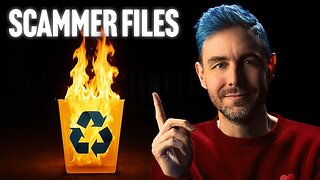 20:23
20:23
Scammer Payback
13 hours agoTerrifying Scammers with File Deletions
45.6K13 -
 16:22
16:22
The Gun Collective
9 hours agoWOW! 17 New Guns JUST GOT RELEASED!
59K11 -
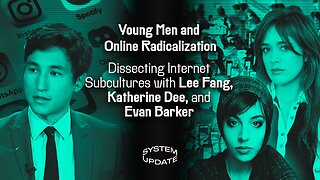 1:13:57
1:13:57
Glenn Greenwald
10 hours agoYoung Men and Online Radicalization: Dissecting Internet Subcultures with Lee Fang, Katherine Dee, and Evan Barker | SYSTEM UPDATE #516
189K76 -
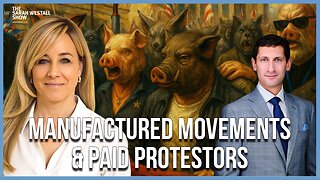 1:14:57
1:14:57
Sarah Westall
7 hours agoCEO of Crowds on Demand: The Fake World of Social Media, Protests & Movements w/ Adam Swart
72.3K11 -
 4:03:25
4:03:25
Geeks + Gamers
10 hours agoTuesday Night's Main Event
83.5K2 -
 40:36
40:36
RiftTV
9 hours agoHow We Got 400 Leftists FIRED for MOCKING Charlie Kirk | The Rift | Guest: Olivia Krolczyk
81.7K65 -
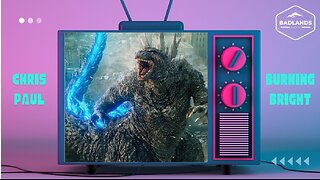 1:28:58
1:28:58
Badlands Media
23 hours agoBadlands Story Hour Ep 134: Godzilla Minus One
49.9K8 -
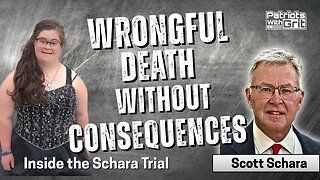 1:33:43
1:33:43
Patriots With Grit
18 hours agoWrongful Death Without Consequences: Inside the Schara Trial | Scott Schara
26.6K1 -
 13:09:25
13:09:25
LFA TV
21 hours agoLFA TV ALL DAY STREAM - TUESDAY 9/16/25
246K49 -
 6:40:18
6:40:18
StevieTLIVE
8 hours agoI'M GONNA BE A DAD!
30.1K3